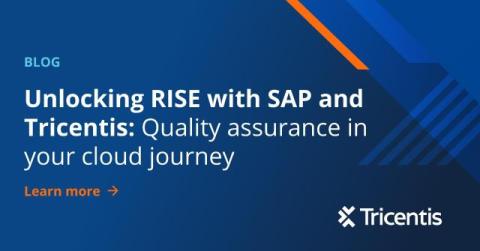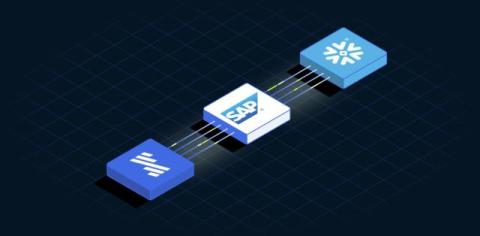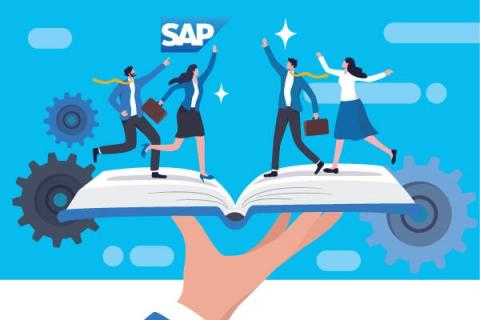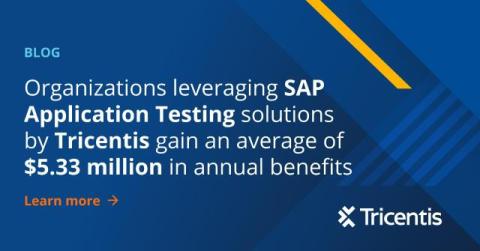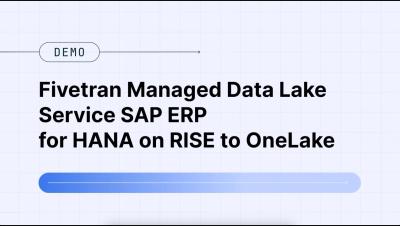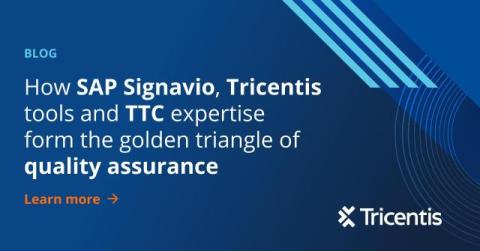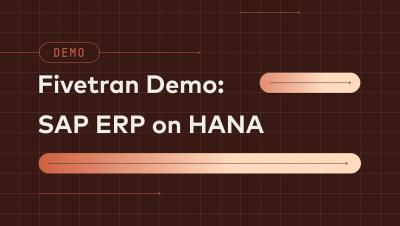SAP Predictions for 2025
2024 has been a year defined by technological innovation as the rise of AI made a profound splash for SAP-powered finance teams. On the other side of the coin, they also struggle with skills shortages that make it difficult to keep up with the speed of developing technology.



